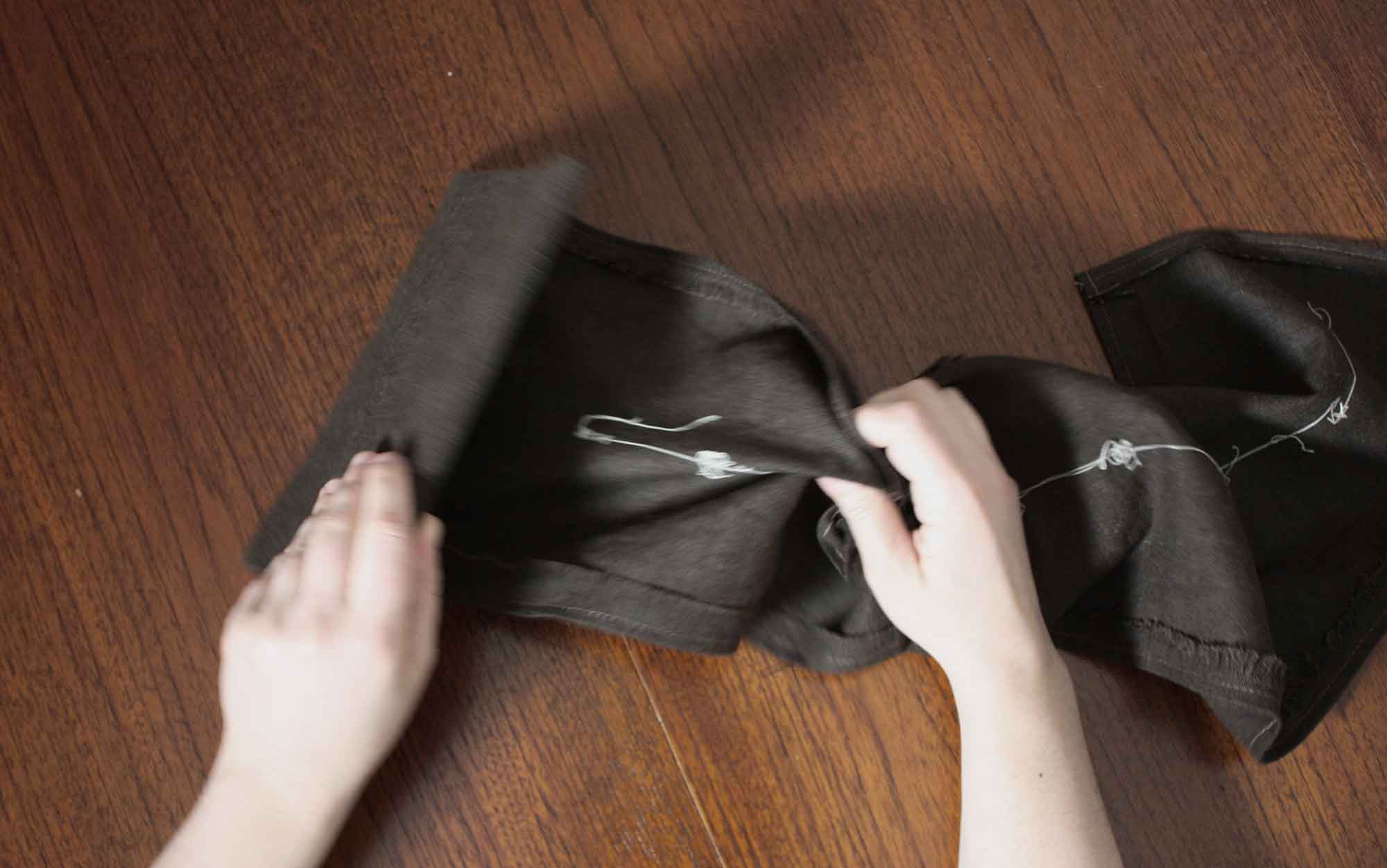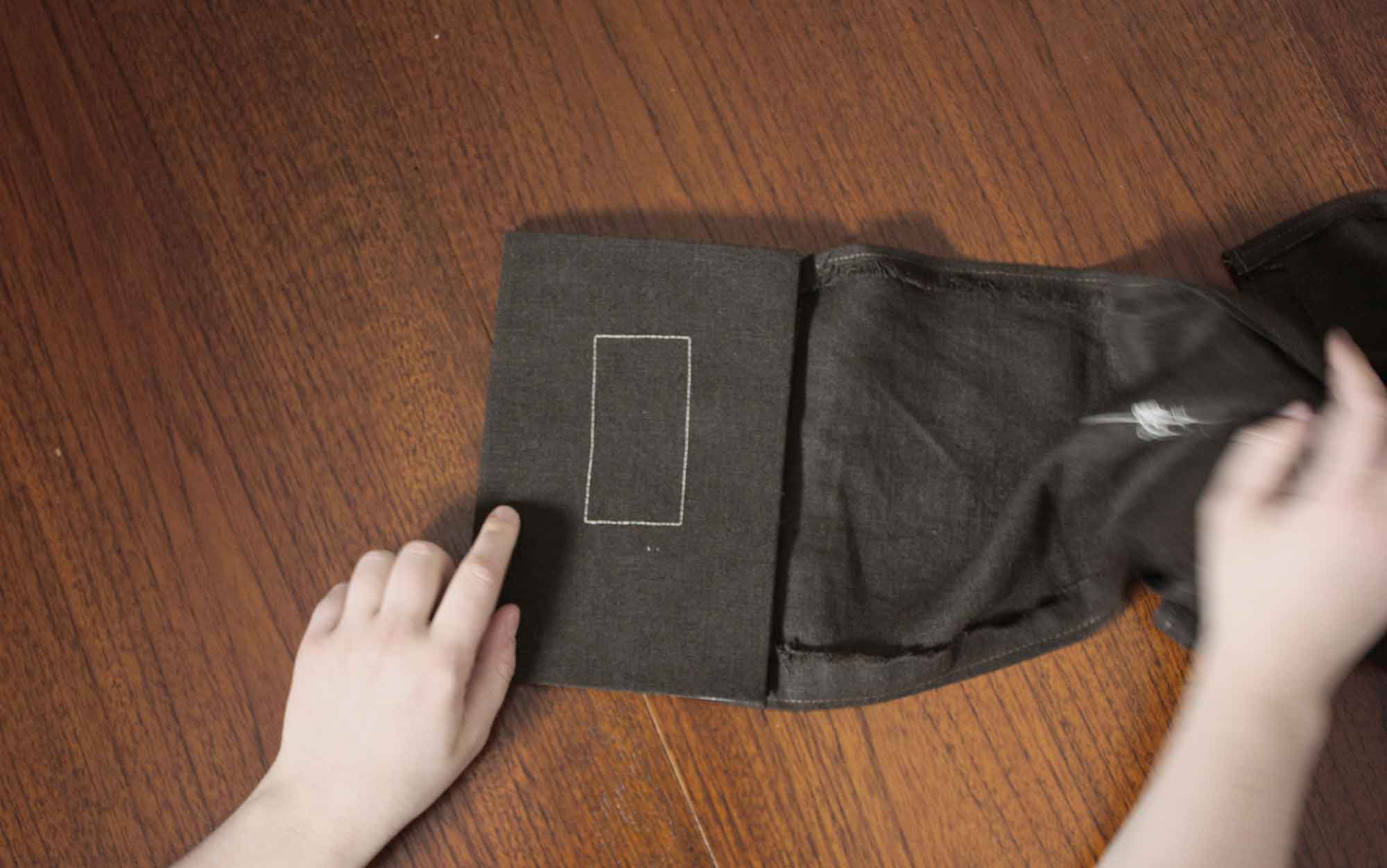



‘Consider the sublime. Is it possible that I feel this in sharper detail than most? Otherwise it seems impossible that this is not the only thing we talk about. That in lieu of the social we not just walk into the sea, sinking down to black and bleeding thick iron-blue’
fifteen ways to cross the desert comes out of Donald Judd’s 15 untitled works in concrete in Marfa, Texas. The text is structured by the fifteen configurations that format the artwork’s sixty concrete blocks. It is broken into fifteen parts, each of which take a different approach to a critique of the artwork, with the tone, format and length of each section dictated by a response to the configuration.
This repetition in the artwork is mirrored in the text by stylistic echoes, or more literal echoes in the repetition of a phrase or rhythm of the text. The idea of multiple approaches comes from an idea of Sara Ahmed’s in Queer Phenomenology, where she describes an active inhabitation of a queer body as a process of orientation and relegation, tending towards queer objects in lieu of following a straight path: against our efforts we are ‘pressed into lines,’ to reproduce the lines that brought about our conception, or into a societal expectation of what a queer narrative should look like. She relates the straying from these lines to the production of landscape architecture’s desire lines, acts of deviation which have left their own lines. A series of these deviations generates a queer landscape, creating new textures on the ground.
I became fixated with this idea of a textured ground, that in writing as much as in bodily orientation one could perform multiple crossings of the physical, theoretical and philosophical ‘ground’ – in allowing each of the fifteen subjective splits to run their course, the act of writing itself also performed a necessary act of self-critical disentanglement, in which autobiographical fragments were examined and unfurled without a predetermined conclusion.
Lili is a writer. In 2017 she completed the Site-Writing module as part of the MA Architectural History programme at the Bartlett, then co-curating a travelling exhibition of site-writing that was hosted at sites in London, Folkestone, and Newcastle. Since 2018 she has been with the editorial team of The Architectural Review.
For me, site-writing blew open the bounds of disciplinary practice, allowing me to delve into the site of writing itself as an intensely rich and inherently productive space from which narratives can unfold. My practice now seeks to remain resiliently indeterminate, slipping between architectural criticism, prose and poetry in an attempt to evade categorisation.
Donald Judd, 15 untitled works in concrete, (1980–84) Marfa, Texas
Sara Ahmed, Queer Phenomenology, London & Durham, 2006.






































































